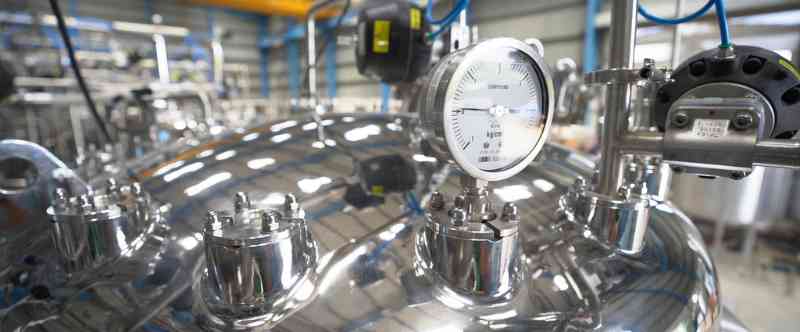In various other posts on this blog, we’ve given you insight into water and its central role in the pharmaceutical manufacturing ecosystem. We’ve explored the different kinds of pharma-grade water, how purified water generation systems differ from WFI generation setups, how the pure steam generation process works, and how you can go about navigating the complexities of the process equipment landscape.
In this article, we’re going to take a deep dive into the decision-making process that will underlie your investment in a pure steam generation system. From the why and what of clean steam generation to equipment specifications and equipment partner support, we’ve covered it all for you here so that you don’t have to go running from pillar to post in your journey of gaining an end-to-end understanding of steam generation.
Why do we even need pure steam?
When you produce pharmaceutical products which your customers will use to improve their health, they are doing so with a sense of trust in you. They trust that you have complied with the stringent hygiene standards expected of the pharma industry. For the sake of your customers’ health, you absolutely cannot compromise on sterility when manufacturing vaccines, biological drugs, injectables, oral solid dosages, and other pharmaceutical preparations. This means observing cGMP requirements when it comes to maintaining the equipment in your facility. Your pure steam generation system is not exempt from these requirements; not only does your pure steam generation process have to be fool-proof in itself, but the pure steam you generate is also an important input in the sterilization of all other systems in your pharma plant.
What is pure steam anyway?
There are different kinds of steam used in pharma production facilities. There’s plant steam, used for heating systems – this kind of steam never comes into contact with sterile pharma preparations or the equipment used to make them. There’s process steam, produced from pre-treated water with no additives like corrosion inhibitors – process steam has multiple applications across pharma facilities, but not in situations that require the highest possible level of sterility.
For that, there’s pure steam. Pure steam is the preparation used when the steam itself or its condensate come into either direct or indirect contact with any sterile pharma preparation, critical piece of equipment, or medical device. Pure steam is defined by international pharmacopoeia in terms of purity, permissible levels of endotoxins, and the presence of non-condensable gases. Pure steam generation systems produce dry, saturated, pyrogen-free steam suitable for sterile pharmaceutical purposes. On condensation, pure steam (or clean steam) should meet the requirements of water for injection or WFI.
Pure steam is produced by distilling additive-free purified water. When it comes to endotoxin levels, conductivity, and total organic carbon, clean steam generation systems should meet the same criteria as WFI generation systems. Specifically, pure steam is only considered so when it complies with the prescribed endotoxin level of less than 0.25Eu/ml.
The pure steam generation process yields a spectacular heat transfer medium. When used for sterilization in place, or SIP, pure steam is responsible for the sterility of your tanks, reactors, and process piping. It is also used for air humidification in certain strictly controlled cleanrooms and manufacturing areas where the quality of air can make a world of a difference to product quality. In fact, all the benefits of clean steam make installing a pure steam generation system highly critical even in food processing, biotechnology, and cosmetics industries – basically, any sanitary industry which produces products for human consumption or application.
What is a pure steam generation system?
Pure steam is obtained from the distillation of purified water which is obtained by the technique of reverse osmosis. A clean steam generation system enables the forced flow of incoming feed water which is converted to pure steam in a single pass. For this, heat is transferred to the steam generation system via either electricity, plant steam, or hot gases.
The cGMP outlined by different national and international regulatory bodies including the US FDA, the ASME, and the JIS are extremely useful in guiding the design and engineering of pure steam generation systems. Moreover, the steam produced by them should pass steam quality tests for non-condensable gases, saturation, and degrees of superheating, as outlined by generally accepted international requirements.
But beyond the realm of clean steam generation, there is also a need for maintaining that level of purity after, during distribution. Pure steam should never be allowed to come in contact with any environment that may introduce contaminants into it. Of course, that isn’t easy to do. It involves steps like distributing the steam through process piping under pressure, adopting measures to prevent contamination with anti-corrosion additives, and other technical interventions.
Selecting the Right Machinery for Pure Steam Generation in Pharmaceutical Manufacturing
So, how do you select the pure steam generation system perfectly suited to your operations? Here’s your definitive guide:
Production scale.
The pure steam generator you choose will depend of the type of pharma product you are producing and the scale of your operations. Across different operations, flow rates vary, as do the requirements for heat transfer via heat exchangers, pre-heaters, and double tube sheeting. If you are absolutely certain of the flow rates, products and scales you will be handling for the years to come, invest in appropriate machinery. Otherwise, there are always pure steam generators with high flexibility, allowing you to vary production capacity up to 80% with no additional plant modifications.
Design.
Intelligent design isn’t easy to find, and even when it’s in front of your eyes, it may be difficult to identify. What features should you keep an eye out for when assessing pure steam generation equipment? As few moving parts as possible – this minimizes the need for constant maintenance and excessive downtime. Minimal internal components – inspecting, fixing and maintaining the inside of your machinery is fraught with challenges and complexities; video borescopes can help you navigate these internal labyrinth, but try to avoid machinery with too many complicated internal workings. Energy efficiency – compare how much power a piece of equipment consumes compared to the others you are considering; this is a question of not only utility cost savings, but also sustainability. And finally, steam traps, air vents and/or air eliminators which maintain the integrity of the produced steam, keeping it safe from contaminants like air and bacteria.
Material of construction.
Pure steam is generated and distributed through equipment and process piping under high temperature and pressure conditions. Naturally, not all materials can withstand these extreme conditions. Some materials may corrode, others may not be able to mechanically tolerate the pressure exerted on them. So a durable, corrosion-resistant material is the ideal choice for material of construction for clean steam generation. The best pure steam generators are made of SS 316L, with contact parts electropolished to 0.4 Ra microns or less. The material you choose can make a world of a difference to not only your equipment, but also the quality of the steam itself.
Quality assurance.
You may not know every single good practice that goes into making quality pure steam generation systems, but that’s what internationally accepted guidelines are for. Ensure that the equipment you select complies with cGMP outlined by regulatory bodies like the US FDA or ASME. You can figure this out by looking at validation documentation, testing the generated clean steam for saturation, conductivity, non-condensable gases and microbial and endotoxin contamination.
At the end of the day, your pure steam generator can make or break your pharmaceutical production operation. So make sure you invest in one that is guaranteed to protect your equipment, your products, and your customers’ health.





